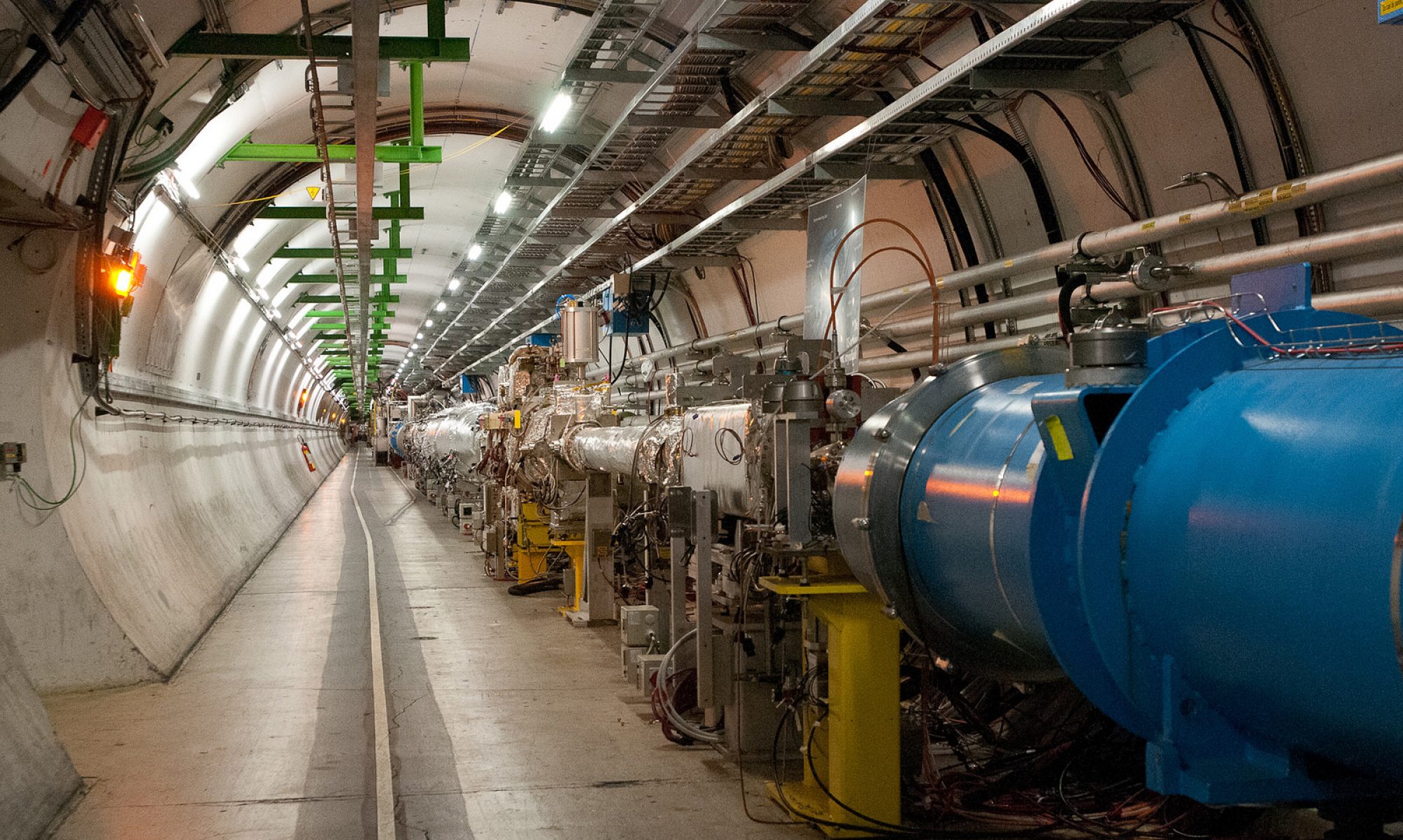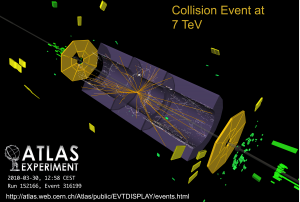Since joining the faculty at SMU, I have had the pleasure not only of teaching SMU undergraduates physics, but also engaging in physics research with undergraduates. I currently have two researchers working with me on the BaBar experiment. One of the students is engaged in a project to image the Babar detector “non-invasively” by employing the interactions of subatomic particles with atoms in the detector. The other student is searching for evidence of dark force mediators which might be the particles that allow dark matter to “communicate” with normal matter. More information is available on my BaBar Group website [1].
Next weekend, the three of us will be traveling to Cincinnati for the spring BaBar Physics “Jamboree” (we in physics call workshops “jamborees” to make them sound more outwardly fun – hey, physics rules, but it’s not like we square dance while discussing new particles). It’s critically important to me that undergraduate researchers have not only a forum for their work, but a meaningful forum where they receive the same encouragement and criticism given to all members of the research community. Science isn’t just about solitary data analysis – it’s about sticking your neck out, sharing your work, and risking its perfection in the face of an accurate criticism. It’s also about interacting with your colleagues, who are otherwise names in an e-mail or faceless voices in a conference call. So much gets done in such a short time when physicists meet face-to-face.
I’ll be posting updates from our trip, using both this blog and my Twitter account (@drsekula). Obviously, I can’t share information about our findings in the data prior to their release by the collaboration, but 90% of our experiences and our work can still be shared. To all my friends and colleagues: I can’t wait to see you again in Cincinnati!

